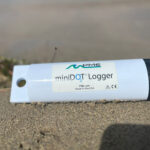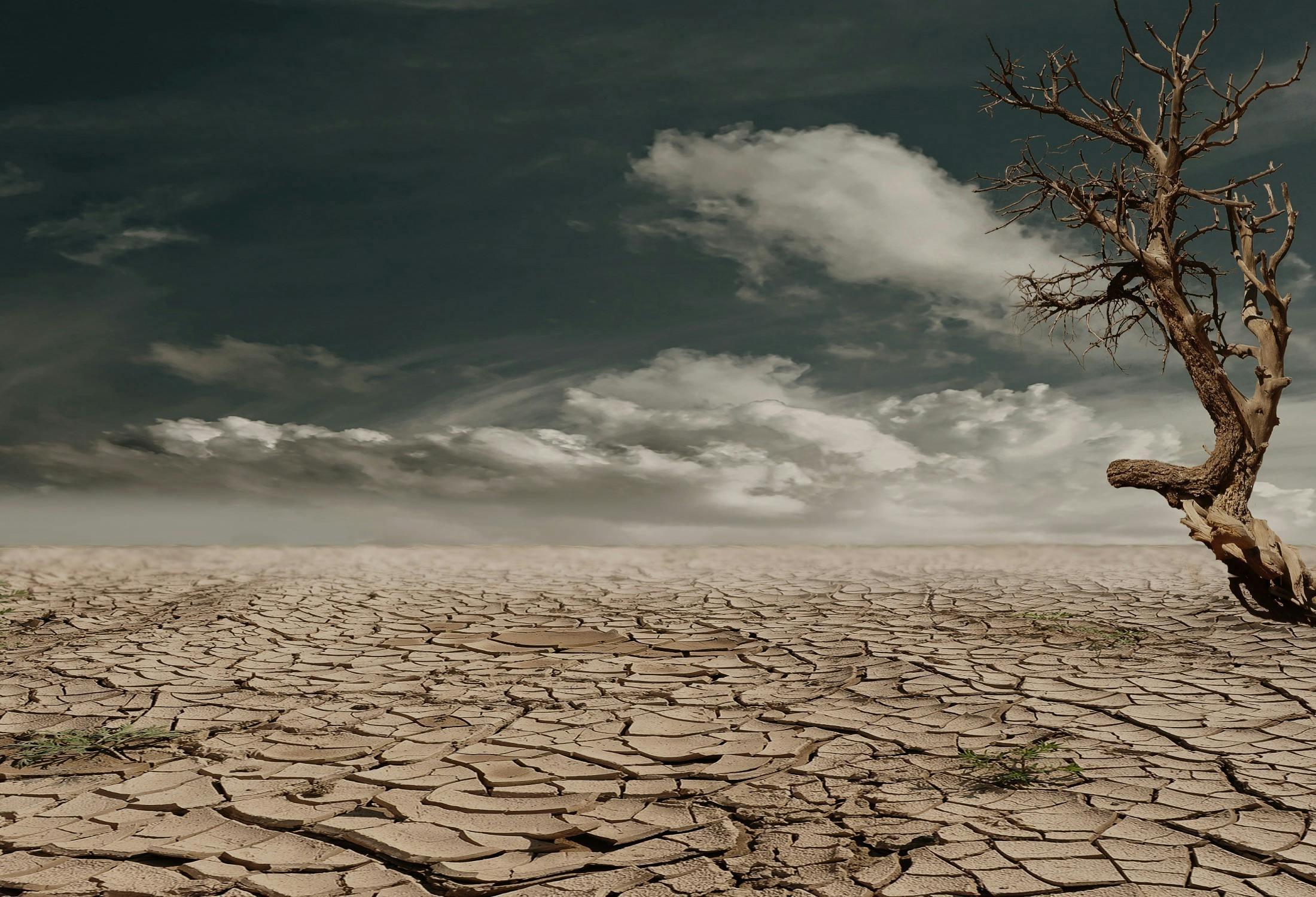
Short-Term Variability in Water Quality in Indian Bayou
August 27, 2019
Harnessing Marine Microclimates
October 22, 2019Project Details
- PRODUCT(S): miniDOT® Logger
- APPLICATION: Surface Water
- PARAMETER: Dissolved Oxygen
- LOCATION: River Itchen, Hampshire UK
- ORGANIZATION: School of Geography, Earth and Environmental Sciences, University of Birmingham, Birmingham UK; Institute of Arctic Biology, University of Alaska, Fairbanks Alaska; School of Biological and Chemical Science, Queen Mary University of London, London UK; Department of Life Sciences, Imperial College London, Ascot UK
- RECOGNITION:Thomas W.H. Aspin, Kris Hart, Kieran Khamis, Alexander M. Milner, Matthew J. O’Callaghan, Mark Trimmer, Zining Wang, Gavin M.D. Williams, Guy Woodward, Mark E. Ledger

Case Study Description
Drought Intensification Alters the Composition, Body Size, and Trophic Structure of Invertebrate Assemblages in a Stream Mecrocosm Experiment
As a result of climate change, many regions are expected to experience more intense and prolonged droughts over the next 100 years. The effect of this drought intensification on the health of running waters is thus a source of great interest. While the effects of flooding have been well studied, the effects of drought have received much less attention.
This study deficit has begun to be reversed. A research team composed of scientists from the School of Geography, Earth and Environmental Sciences, University of Birmingham, Birmingham UK; Wessex Water, Bath UK; the Institute of Arctic Biology, University of Alaska, Fairbanks, Alaska; the School of Biological and Chemical Science, Queen Mary University of London, London UK; and the Department of Life Sciences, Imperial College London, Ascot, UK has conducted an important experiment. The first of its kind, it focused on drought intensification, specifically the possible effects on invertebrates and the food web in drought-affected waters.
Establishing a Gradient of Drought Intensity
The team operated from an outdoor stream facility on the banks of Candover Brook, a mesotrophic chalk stream and tributary of the River Itchen (Hampshire, UK, 51°10′ 21″N, 1°18’70”W). There they created 21 large, replicate stream mecrocosms to serve as analogues of perennial, groundwater-fed headwaters. This was necessary to establish a gradient of drought intensity. In these headwater analogues, they effected progressive levels of decline in water level, loss of aquatic habitat, and increase in temperature variability, mimicking the complex syndrome of stressors which occur as a result of stream drought. The gradient incorporated extreme drying conditions, allowing the team to plan for future intensification, by exploring beyond the limits of current drought-caused disturbance regimes.
Of the 21 mecrocosms, six were given only slight loss of water depth, volume, and flow. Twelve others were fragmented into isolated pools of varying depths (three of these retained some remnant connectivity between pools). The remaining three mecrocosms were heavily dewatered.
Data Collection
The team deployed a Surber sampler in each channel to collect benthic macroinvertebrates, which were identified to the lowest taxonomic level and counted. The team logged water temperature at 15-minute intervals in the terminal pool of each mecrocosm. Because oxygen depletion can be an important stressor in drying pools, they measured dissolved oxygen (DO) concentration every 5 min over one 24 hour period each month, using PME’s miniDOT loggers, with a miniDOT suspended in each channel.
How Drought Affects Invertebrate Species
This study, conducted from 2013 through 2017, used breakpoint analysis to analyze macroinvertebrate community responses to intensifying drought and to identify the taxa and compositional metrics sensitive to small changes in drought stress. The researchers detected breakpoints for more than 60% of taxa, signaling sudden population crashes or irruptions as drought intensified. Abrupt changes were most pronounced in dewatering isolated pools where, in the remnant watered habitat, a shift occurred to larger body size across the community, predominantly driven by irruptions of predatory midge larvae and coincident population collapses among prey species (worms and smaller midges).
These results suggest that intense predation in confined, fragmented stream habitat can lead to unexpected changes in body size of invertebrates, challenging the conventional wisdom that drought favors the small. Pool fragmentation therefore might be the most critical stage of habitat loss during future droughts, the point at which impacted rivers and streams begin to exhibit major shifts in fundamental food web properties. Important, and in this case surprising, data like this will help researchers and agencies manage drought-endangered waters, as the frequency and severity of droughts increase due to climate change.
Product Description
PME’s miniDOT logger, as used in this experiment, is a completely submersible instrument for logging temperature and dissolved oxygen content. The oxygen sensor is an optode which measures dissolved oxygen concentration through a fluorescence method. Data are recorded to an internal SD card. The miniDOT is long-lasting, provides steady calibration, and is available with an optional anti-fouling device.

